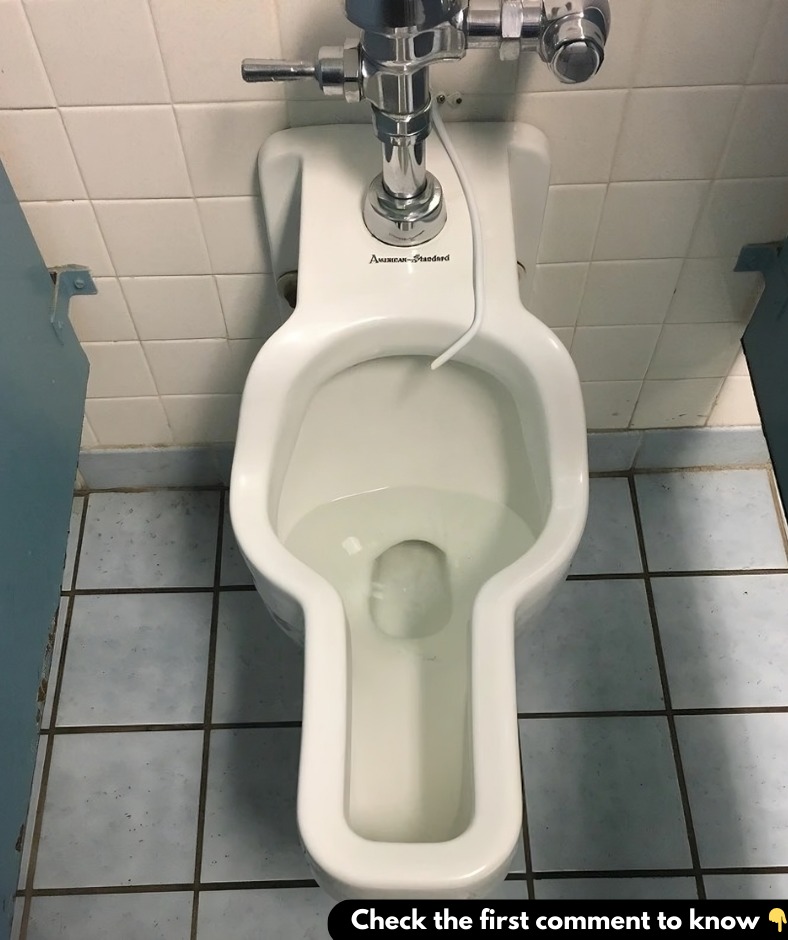Imagine stepping into a public restroom expecting the familiar sight of stalls and traditional toilets, only to be greeted by an unusually shaped fixture that doesn’t resemble the standard setup. If you’ve encountered one of these at the Huntsville Space Center or elsewhere, chances are you’ve come across a women’s urinal—a rare but innovative restroom fixture designed with a specific purpose in mind. While it may seem unconventional at first glance, the women’s urinal offers significant benefits in hygiene, efficiency, and sustainability. But why are they designed this way, and how do they work? Let’s unpack the reasoning behind this unique restroom fixture and explore why it may become more common in public spaces in the near future.

At its core, a women’s urinal is specifically designed to allow women to urinate in a standing or semi-standing position, eliminating the need for physical contact with a toilet seat. Unlike traditional toilets, which require sitting or hovering, these urinals provide a more hygienic and efficient solution for high-traffic public restrooms. The design typically includes a slanted or funnel-like bowl that accommodates anatomical differences, offering a splash-free experience and reducing the risk of bacterial exposure. This setup encourages an upright posture, making restroom visits quicker, cleaner, and less stressful, especially in busy locations like museums, airports, or popular attractions such as the Huntsville Space Center.
One of the most notable advantages of women’s urinals is their focus on hygiene. Public restrooms often pose a challenge for women who are cautious about sitting on shared toilet seats. While disposable seat covers and disinfectants are common solutions, they aren’t always reliable or available. Women’s urinals eliminate the need for contact with the seat altogether, drastically reducing the risk of bacterial transmission. This makes them an ideal choice for locations with heavy foot traffic, where maintaining spotless restroom conditions can be difficult throughout the day.
In addition to hygiene benefits, women’s urinals are incredibly efficient in terms of water usage. Traditional toilets consume a significant amount of water per flush, whereas urinals—both male and female—use far less. This water-saving feature makes women’s urinals an environmentally friendly choice for facilities prioritizing sustainability. Over time, these small reductions in water usage add up, leading to substantial savings both environmentally and financially. In large venues that accommodate thousands of visitors daily, the operational cost savings can be significant, making these fixtures a smart long-term investment.
Another key benefit of women’s urinals is their ability to reduce restroom wait times. Anyone who has waited in line for a public restroom knows how frustrating the experience can be, especially in high-traffic spaces. Women’s urinals offer an additional option, speeding up restroom turnover and alleviating congestion during peak hours. This practical benefit improves overall efficiency and enhances the visitor experience.
Accessibility is another critical advantage. For individuals with mobility challenges, repeatedly sitting and standing from a traditional toilet can be uncomfortable or even painful. Women’s urinals offer an alternative that eliminates the need for such movements, providing a more accessible option for those who may struggle with standard fixtures. This inclusivity in restroom design reflects a forward-thinking approach that caters to a wider range of users.
However, despite their many benefits, women’s urinals remain relatively uncommon in public restrooms. One reason for this is cultural perception. For decades, urinals have been seen as fixtures exclusive to men’s restrooms, and the idea of a women’s urinal still feels unfamiliar to many. This lack of familiarity can make women hesitant to use them, especially if clear instructions aren’t provided. Additionally, not all restroom facilities are designed to accommodate both traditional toilets and women’s urinals, making retrofitting existing spaces a logistical challenge.
Another barrier is limited public awareness. Many women have never encountered a urinal designed for their use and might not understand how it works. Without clear signage or instructions, first-time users might feel uncertain or uncomfortable. Overcoming these barriers will require more than just thoughtful design—it will also require education and normalization of women’s urinals in public facilities.
If you do encounter a women’s urinal in a public restroom, don’t be intimidated. These fixtures are designed to be user-friendly, intuitive, and hygienic. Many facilities provide clear signage or simple instructions nearby to guide first-time users. While the experience may feel unfamiliar at first, many women find that it quickly becomes a preferred option, particularly in busy environments where time and cleanliness are priorities.
Looking ahead, the adoption of women’s urinals represents a significant step forward in public restroom design. With a growing focus on hygiene, environmental sustainability, and inclusivity, these fixtures offer practical solutions to common restroom challenges. Facilities like the Huntsville Space Center, which have embraced this innovation, set a positive example for other public venues to follow.
As societal attitudes shift and public awareness grows, it’s possible that women’s urinals will become a standard feature in restrooms across the country. Their ability to save water, improve hygiene, reduce wait times, and enhance accessibility makes them a valuable addition to any public restroom space.
In conclusion, the unusual toilet fixture you might have spotted at the Huntsville Space Center isn’t just a quirky design—it’s a women’s urinal, thoughtfully crafted to improve hygiene, efficiency, and accessibility in public restrooms. While they may still be a rare sight, their benefits are undeniable. From reducing water usage and minimizing germ exposure to offering a more comfortable option for mobility-challenged individuals, women’s urinals represent a modern evolution in restroom design. So, the next time you come across one, don’t hesitate to give it a try. You might just find it to be a game-changing restroom experience. As more facilities adopt these innovative fixtures, women’s urinals could pave the way for cleaner, faster, and more inclusive public restrooms for everyone.





